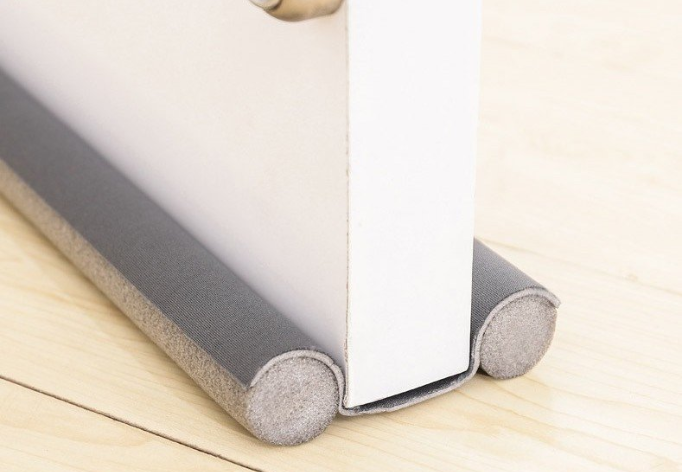Dec . 05, 2024 23:30 Back to list
epdm rubber sheet specification
EPDM Rubber Sheet Specification An Overview
EPDM (Ethylene Propylene Diene Monomer) rubber is widely recognized for its exceptional performance in various applications, primarily due to its unique chemical composition and properties. This synthetic rubber offers a combination of strength, durability, and resistance to environmental factors, making it an excellent choice for numerous industrial and commercial uses. This article will provide an overview of the specifications that characterize EPDM rubber sheets, highlighting key properties that make them desirable in different applications.
Chemical Structure and Composition
EPDM rubber is a type of ethylene-propylene rubber that includes a small amount of diene. This composition allows EPDM to maintain its flexibility and elasticity across a wide range of temperatures. The primary elements in EPDM rubber include ethylene (about 45-75%), propylene (about 25-55%), and a diene monomer, such as 1,4-hexadiene or dicyclopentadiene. The specific ratios of these components can vary, which affects the performance characteristics of the final rubber sheet.
Key Specifications of EPDM Rubber Sheets
1. Thickness EPDM rubber sheets are available in various thicknesses, typically ranging from 1/16 inch (1.5 mm) to several inches thick, depending on the application requirements. Custom thicknesses can also be made available to accommodate specific needs.
2. Hardness The hardness of EPDM rubber is measured using the Shore A scale. Most EPDM sheets have a hardness range of 30 to 80 Shore A, allowing for flexibility in applications. Softer variants may be preferred for applications requiring high elasticity, while harder sheets are suitable for applications demanding more rigidity and durability.
3. Color EPDM rubber sheets are predominantly black, owing to the carbon black reinforcement, which enhances durability. However, they can be produced in various colors through the use of pigments, depending on customer specifications or aesthetic preferences.
4. Temperature Resistance One of the standout features of EPDM rubber is its ability to perform over a wide temperature range. EPDM can typically withstand temperatures from -40°F to about 250°F (-40°C to 120°C). This thermal stability makes it suitable for outdoor applications, automotive parts, and roofing materials.
epdm rubber sheet specification

5. Weather and Ozone Resistance EPDM is known for its remarkable resistance to ultraviolet (UV) light, ozone, and other weather elements. This resistance helps prevent degradation over time, making it an ideal choice for use in harsh environments, including roofing systems and outdoor seals.
6. Chemical Resistance Although EPDM shows good resistance to many chemicals, it is important to note that it is not suitable for all applications. EPDM sheets exhibit excellent resistance to water, steam, and a range of alkaline chemicals but may deteriorate when exposed to petroleum-based fluids and solvents. Therefore, understanding the end-use environment is crucial when selecting EPDM products.
7. Mechanical Properties EPDM exhibits high tensile strength, elongation, and resilience, which make it ideal for applications requiring flexibility and durability. Typical tensile strength can reach up to 3000 psi (20 MPa) with elongation percentages often exceeding 400%.
Applications of EPDM Rubber Sheets
EPDM rubber sheets are used in various industries due to their versatile properties. Common applications include
- Roofing Membranes EPDM is a standard choice for flat roofing systems due to its waterproof nature and weather resistance. - Automotive Components Components like gaskets, seals, and hoses extensively utilize EPDM for its durability and resistance to heat and ozone. - Industrial Applications EPDM sheets are frequently used in manufacturing equipment, conveyor belts, and vibration dampening applications. - Construction Used in construction as seals, weather stripping, and waterproofing materials.
Conclusion
In summary, EPDM rubber sheets are characterized by their excellent versatility and outstanding properties, which make them suitable for various applications across multiple industries. Understanding the specifications of EPDM, such as thickness, hardness, resistance to environmental factors, and mechanical properties, is crucial in selecting the right product for specific needs. As industries continue to evolve and demand more robust materials, EPDM rubber will likely remain a staple due to its reliable performance and adaptability in diverse applications.




